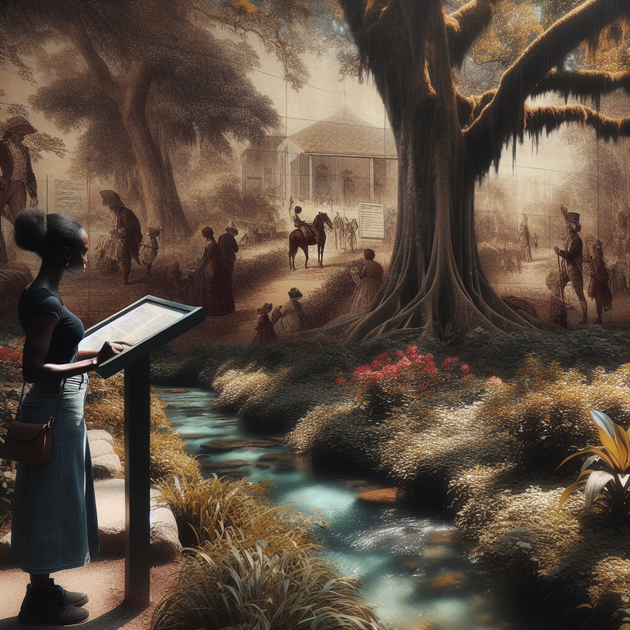What happens when the stories carved into our landscapes start disappearing? That’s the big question swirling around recent reports that national park signs critical of the darker sides of American history could be removed under a directive from the Trump administration. For many visitors, these signs aren’t just information—they’re windows into our shared past.
Why Are National Park Signs Facing Removal?
National park signs do more than point out hiking trails or scenic overlooks. Many delve into the deeper layers of our country’s story—sometimes highlighting uncomfortable truths like forced relocations, internment camps, or broken treaties with Native peoples. Under a policy reportedly issued during the Trump administration, parks were asked to report any displays that “disparaged” America’s reputation or focused on unsavory aspects of its history.
The underlying concern? That these markers might paint America in a negative light. The result is a chilling effect where some parks may self-censor or quietly take down signage that doesn’t align with a feel-good narrative.
The Role of Park Signs in Telling Our Story
Our national parks aren’t just pretty backgrounds for vacation photos—they’re living textbooks. When you walk up to a sign explaining who lived on this land before it became a park or why a certain site is protected today, you’re connecting with stories that might not make it into school textbooks.
Here’s why these signs matter:
- They acknowledge histories that have often been silenced or ignored.
- They help all visitors see themselves reflected in America’s story.
- They encourage honest conversations about where we’ve been—and where we’re headed.
- They foster empathy and understanding across generations and backgrounds.
Without these signposts to guide us through tough topics, parks risk becoming places where only certain versions of history are told.
What Could Be Lost If National Park Signs Disappear?
Imagine standing in front of Manzanar National Historic Site in California without any context about its role as an internment camp during World War II. Or hiking through Little Bighorn Battlefield without mention of what happened there between U.S. troops and Native warriors.
Removing these narratives doesn’t erase what happened—it just leaves us less informed. When we gloss over uncomfortable chapters, it becomes harder to learn from them.
A friend once told me about her family trip to Gettysburg National Military Park. She said her kids were much more interested in learning about the real people behind the battle—soldiers on both sides and civilians caught in between—because those stories were right there on interpretive panels. It sparked conversations they never would have had otherwise.
That’s what risks getting lost: not just facts and figures, but curiosity and empathy too.
Censorship or Respect for Patriotism? The Debate Continues
Supporters of removing critical signage often argue it’s about preserving patriotism or preventing “anti-American” sentiment. But can true patriotism exist without honesty? Critics see this move as a form of censorship—an attempt to sanitize history instead of facing it head-on.
Here are some perspectives floating around:
- Advocates for removal: Say it protects visitors from negativity and encourages unity.
- Opponents: Worry it undermines education, transparency, and respect for all Americans’ experiences.
- Parks staff: Often caught in the middle—tasked with balancing accuracy and official policy.
Where Do We Go From Here?
So what should happen next? If our national park signs start disappearing—or if their stories get watered down—future generations could miss out on learning lessons only the land can teach.
Maybe part of honoring our country means being willing to face its flaws as well as its triumphs. The real question is: Shouldn’t public spaces tell the whole story?
What do you think—is removing critical signage from national parks an attempt to protect visitors’ feelings, or does it cross into erasing essential parts of American history?

Leave a Reply